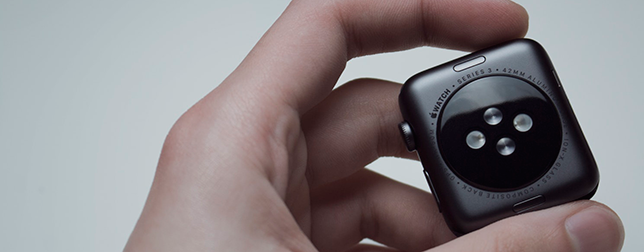Scientists from the UK have developed a non-invasive wearable sensor that can replace blood tests for chronic diseases such as diabetes. The stretchable sensor can measure sweat, doing the same tests that would require blood.
The research was conducted by Bendable Electronics and Sensing Technologies (BEST) at the University of Glasgow, and the finding was published in the journal Biosensors and Bioelectronics.
Professor Ravinder Dahiya, head of the BEST group led the research.
The new wearable device uses a pH sensor composed of a graphite-polyurethane compound, printed circuit board (PCB) for data transmission, and a stretchable radio-frequency-identification (RFID) antenna. It measures around 1 square centimeter, but a pair of zig-zag interconnecting pieces allow it to be stretched up to 53 percent in length without impairing performance.

The researchers based their study on the theory that data captured from sweat and tears is same as that of a blood test as they contain similar biomarkers such as potassium, sodium, and glucose.
The sensor can maintain its full performance even after being flexed by 30% up to 500 times. According to the researchers, this flexibility will allow it to be used easily on human skin without greatly impacting the performance of the sensor; its reliability is up to 20% strain. The wearable device can deliver results within 8 seconds and responds to pH levels between 5 and 9.
Once sweat is measured by the system, it can transmit the data wirelessly, and without external power, to the receiving computer via near-field communications (NFC) system found in many modern smartphones which is used regularly for smartphone payments like ApplePay.
Various wireless systems use Bluetooth technology to transmit data. It drains more power because it causes the sensors to utilize more energy. NFC technology sends pH data via a RFID antenna to the patient’s smartphone app called ‘SenseAble’ (also developed by the team), allowing the patient to monitor their pH levels in real-time.
Although, the sensor can only measure pH at this time, the researchers are looking to expand the technology.
“Now that we’ve demonstrated that our stretchable system can be used to monitor pH levels, we’ve already begun additional research to expand the capabilities of the sensor and make it a more complete diagnostic system,” says Prof. Dahiya.
The modified sensors in the future will allow patients to monitor their glucose, urea, and ammonia.












